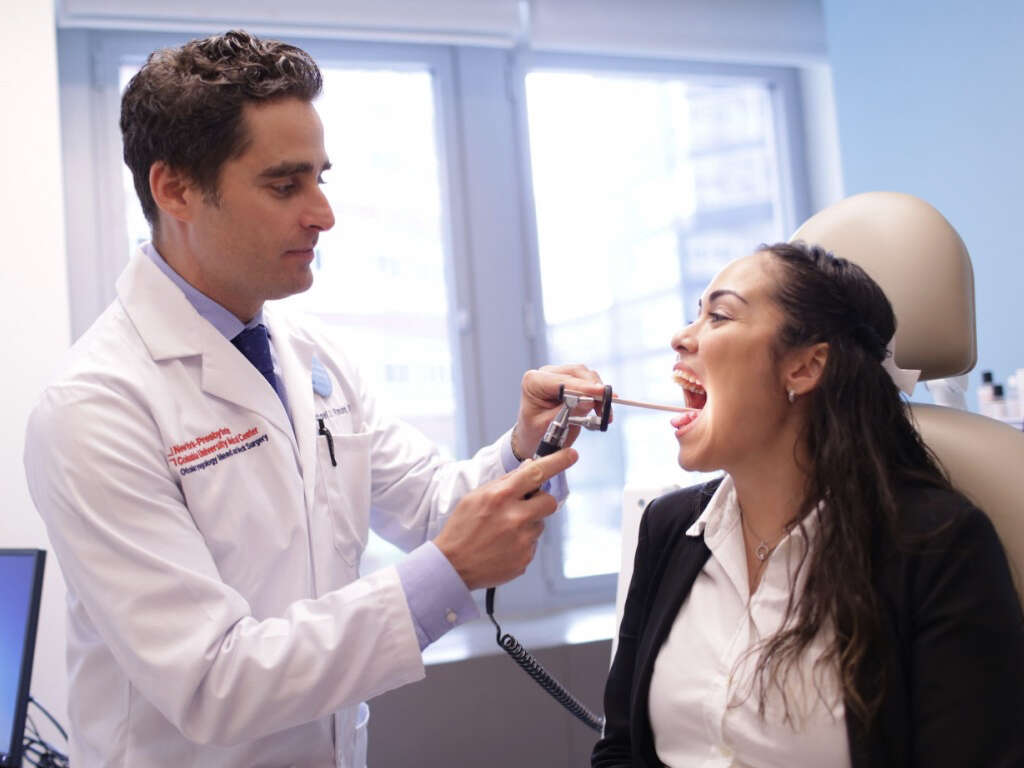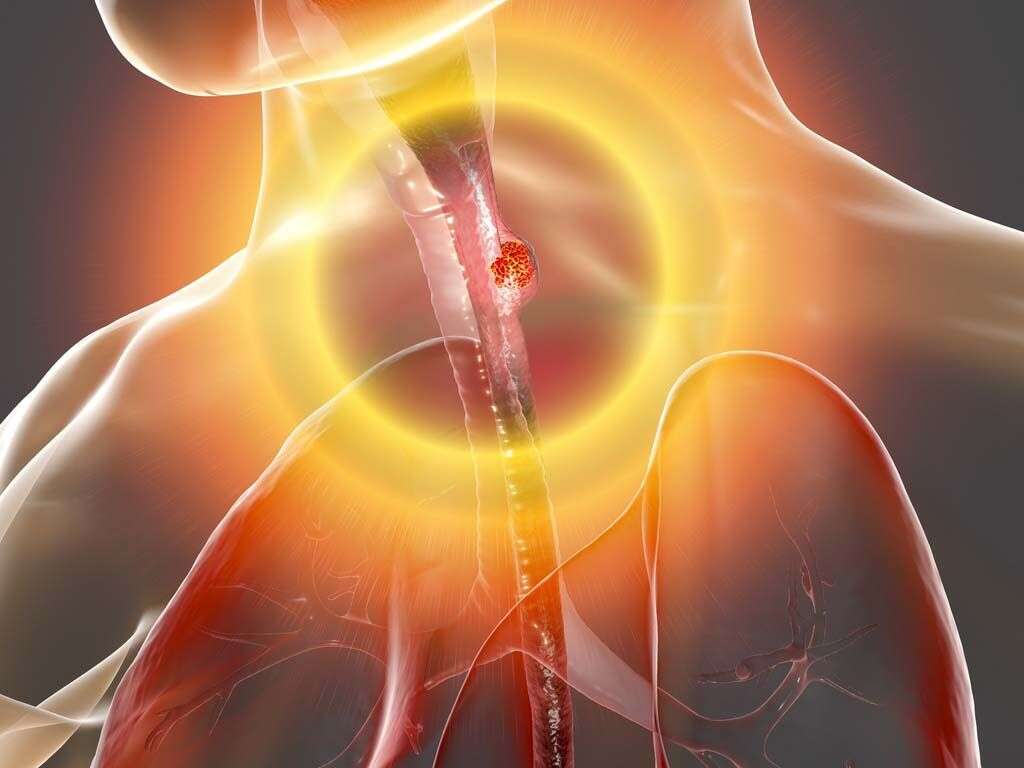Esophageal Cancer Causes
The esophagus is the tube that goes from our throat down to our stomach and acts as a passageway for the food that we eat. As with other parts of the body, the tissues of the esophagus are not completely safe from cancer, and there are several types of esophageal cancer. The principal types are squamous cell carcinoma, which often arises in the upper half of the esophagus, and adenocarcinoma, which typically arises in the lower half. This difference in location, also means that in many cases the risk factors can be different for each of the subtypes.
Importantly, note that the incidence rate of esophageal cancer varies considerably with location (geographical differences), showing that genetic factors, lifestyle, and ethnicity all play a role in its development.
The focus of this article is to describe the various risk factors associated with esophageal cancer, understanding a risk factor as a characteristic, condition, or behavior that increases the likelihood of getting a disease. Note that risk factors are merely correlational, meaning that they only show the degree to which a pair of variables are related. However, they are not necessarily causal, because correlation does not prove causation.
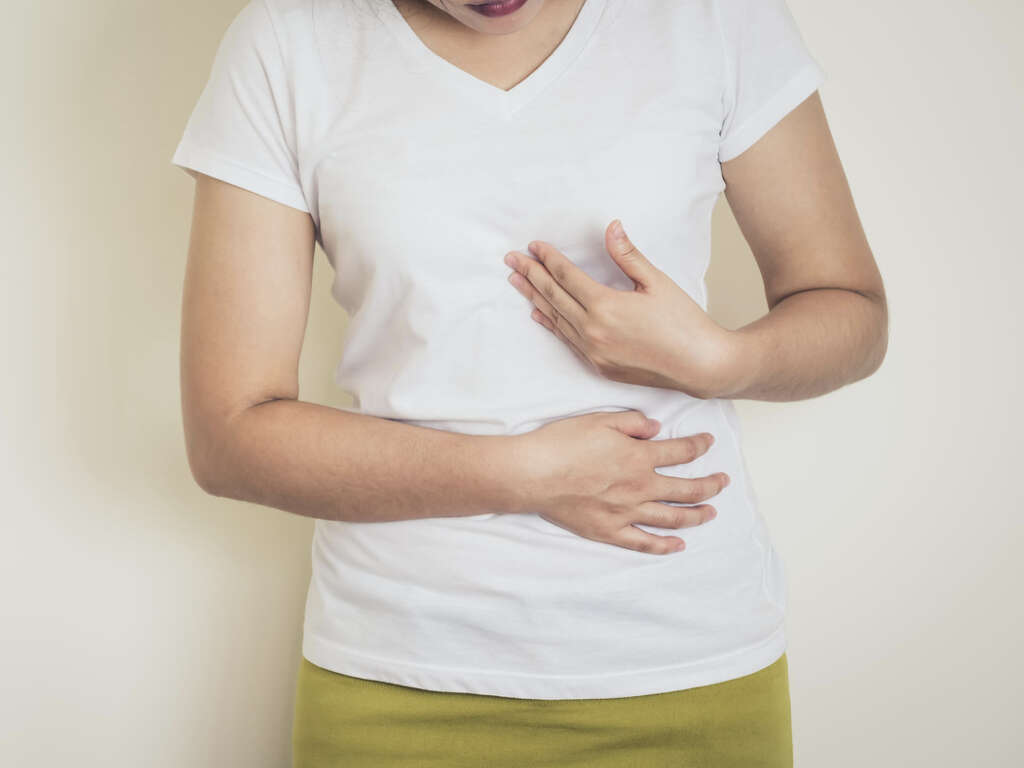
1. Smoking
The health risks associated with smoking are very well known, and the popularity of the habit has decreased dramatically in recent years. Still, a lot of people do choose to smoke, and some are having difficulty kicking the habit. A major risk factor for both subtypes of esophageal cancer is tobacco use (stronger for squamous cell carcinoma). When people smoke tobacco, they inhale many carcinogens (substances that can cause cancer) such as nitrosamines, aromatic amines, aldehydes, polycyclic aromatic hydrocarbons, and phenols. These can damage any cell they come into contact with, including those in the gastrointestinal, respiratory, and urogenital tract. Furthermore, many studies have reported that for squamous cell carcinoma (SCC) of the esophagus alcohol is the primary risk factor, but when combined with tobacco use they have a synergistic effect (greater combined effect).
Smoking also contributes to gastroesophageal reflux disease (GERD)and its complications, which are also risk factors for adenocarcinoma of the esophagus. It does so by relaxing the smooth muscle (lower esophageal sphincter or LES) that forms a tight ring in the connection between the stomach and the esophagus. The LES is going to regulate the passage of food into the stomach, preventing acid from backing up into the esophagus. Thus, if it relaxes, there is an increased risk of acid surging up and damaging the esophagus. Other ways by which smoking contributes to GERD are by reducing salivation, increasing acid secretion in the stomach, and interfering with the contraction of esophageal muscles.
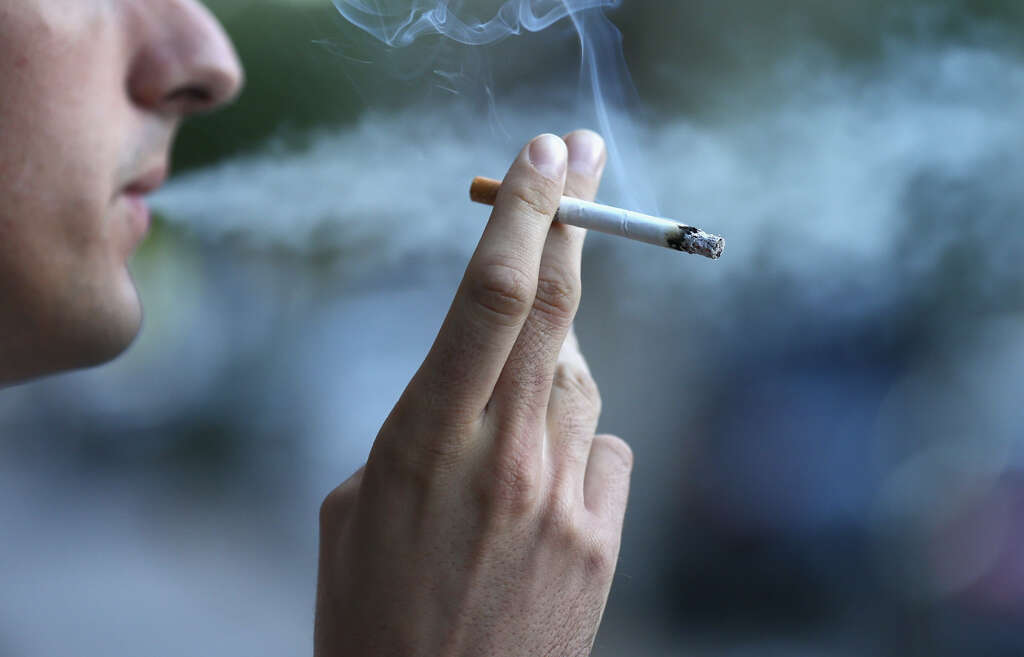
2. Alcohol
Countless people around the world enjoy a drink from time to time. Some people, however, drink more than they probably should and this has the potential to cause problems down the line. Alcohol abuse can cause severe damage to our organs, particularly the liver and pancreas. It is also a major risk factor for SCC of the esophagus.
Actually, alcohol can damage the genetic material within cells (DNA). Moreover, because it is a solvent it works in synergy with tobacco carcinogens by assisting their penetration through the esophageal lining. Thus, it is best to try to limit your alcohol consumption.

3. Diet
An apple a day keeps the doctor away. This is a well-known saying that has a lot of truth to it. In fact, a high intake of fruits and vegetables reduces the risk of esophageal cancer (SCC). On the other hand, cured meats (bacon), especially when cooked, contain N-nitroso compounds.
These are known as one of the most potent groups of carcinogens and have been shown to increase the risk of esophageal SCC. Moreover, meat consumption is also associated with an increased risk for this type of cancer.
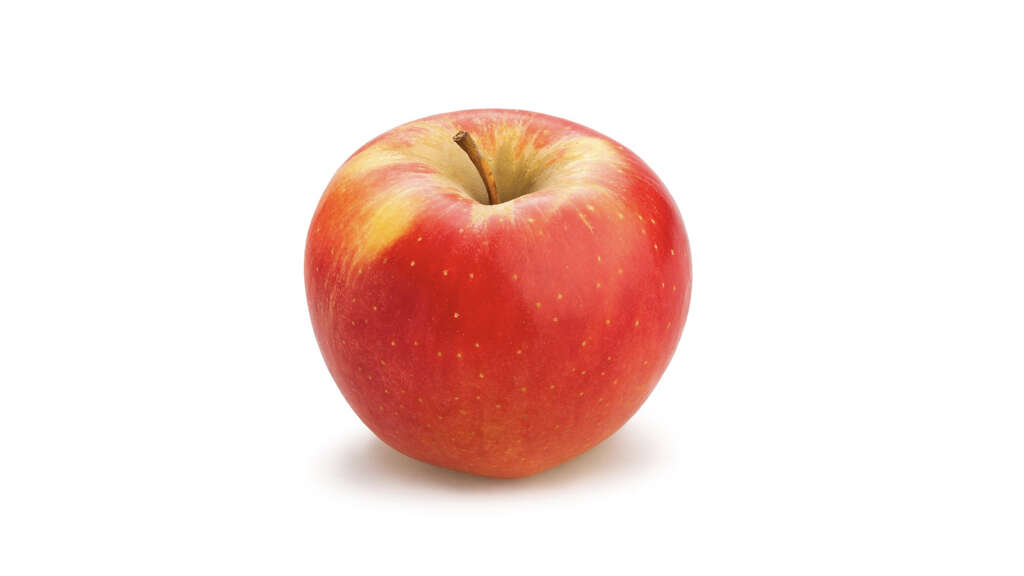
4. Hot Beverages
As much as some people might like their beverages as hot as possible, it is not a good idea to drink them this way because the hot liquids (hotter than 65˚C) can injure the lining of the esophagus, and this might lead to esophageal cancer (SCC). In people who consume large amounts of hot drinks (i.e. coffee, tea), recurrent thermal injury of the esophagus is a risk factor for esophageal cancer.
In countries were drinking hot beverages is common (i.e. China), esophageal cancer rates are higher. In conclusion, by all means, make your beverages boiling hot, but allow time for them to cool down to a safer temperature before drinking.

5. GERD
GERD (gastroesophageal reflux disease) is a condition that can be quite painful for those that suffer from it. It is a result of either the lower esophageal sphincter not closing tightly (to prevent the backup of stomach acids into the esophagus), poor esophageal motility (to aid in the clearance of acids), or delayed emptying of the stomach. GERD occurs when any of these defense mechanisms fail and the lower esophagus is exposed to acid (above the normal limit) for prolonged periods.
Persistent acid reflux can cause symptoms like heartburn, sour taste in the mouth, regurgitation, difficulty to swallow (dysphagia), cough, among others. In addition to pain, the juices will also damage the lining of the esophagus. This damaged lining suffers adaptive changes over time, eventually progressing to precancerous lesions (Barret’s esophagus) than can transform into adenocarcinoma of the esophagus.

6. Barrett’s Esophagus
Barrett’s esophagus is a possible complication of GERD. It means that the cells of the lining of the lower esophagus have changed to more closely resemble the cells of the stomach. This is as a result of the esophagus cells regularly having to deal with the caustic nature of the digestive juices. The condition will sometimes go on to cause a type of esophageal cancer known as adenocarcinoma; however, the risk of progression to cancer is estimated at roughly 0.5% per year in these patients.
Many people with Barrett’s esophagus will experience no symptoms. However, the classic patient will be a middle-aged man that reports chronic symptoms of GERD. As a result, any patient aged fifty years or older that reports chronic GERD should be screened through upper endoscopy for Barrett’s esophagus.

7. Poor oral hygiene
Since children, most of us have been told that oral hygiene is important to avoid tooth decay and gum disease. However, there are many more implications of poor oral hygiene.
Several studies have suggested an association between poor oral hygiene and esophageal cancer. A positive association between poor oral health indicators (i.e. poor dentition), poor oral hygiene practices (i.e. low frequency of daily tooth brushing), and esophageal squamous cell carcinoma risk has been confirmed in several studies worldwide.

8. Tylosis
Tylosis is a rare hereditary disease that is caused by a genetic mutation. This condition causes the focal thickening of the skin of the hands and feet (hyperkeratosis). Furthermore, it is associated with a very high risk of developing esophageal squamous cell carcinoma (40% to 90% by the age of 70 years).
Patients with tylosis should undergo screening for esophageal cancer after twenty years of age.
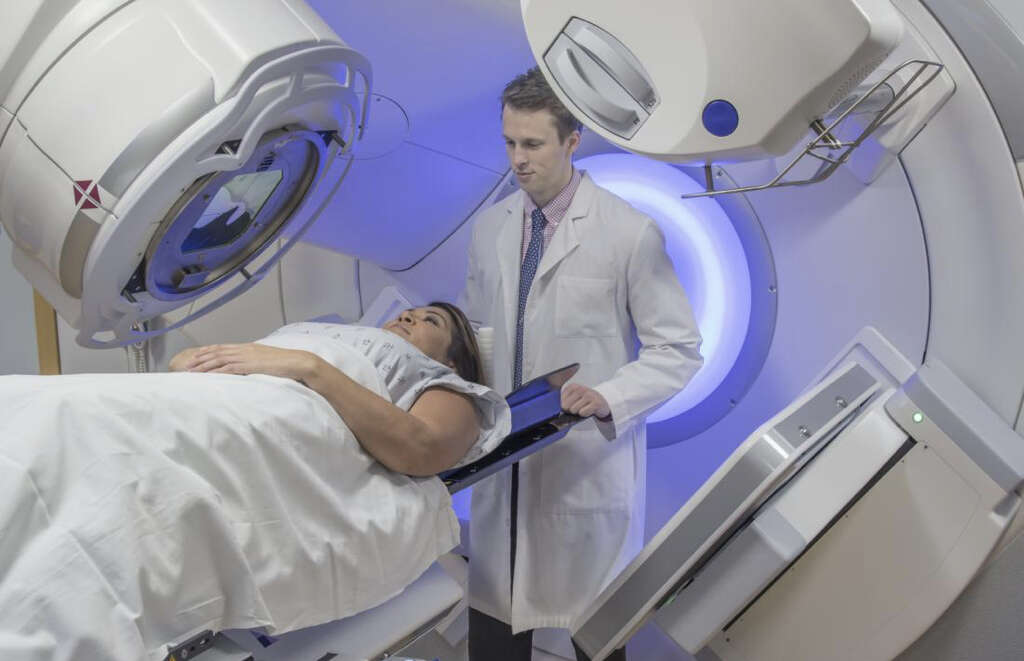
9. Achalasia
After we have swallowed our food, the muscles of the esophagus will contract and relax involuntarily in a wave-like pattern (peristalsis) to move the food downward until it reaches the lower esophageal sphincter. This sphincter is a ring of smooth muscle that closes tight to keep the contents of the stomach inside, but it relaxes when needed to allow food into the stomach. Achalasia is a condition where the relaxation of the lower esophageal sphincter (LES) is impaired and esophageal peristalsis is absent. This means the food will remain in the esophagus, and patients will experience symptoms like regurgitation, difficulty to swallow (dysphagia), chest pain, and heartburn. It is a potentially serious condition and it can go on to cause severe complications, including esophageal cancer.
There are several potential reasons for this correlation. Patients with this disorder have decreased esophageal motility, which can facilitate chronic inflammation by reduced clearance of food and bacteria from the esophagus. Also, if the relaxation of the LES is impaired, greater amounts of acid can easily reach the lower esophageal lining. Also, the pressure in the esophagus can increase due to a tight LES and lack of esophageal peristalsis, prolonging said exposure to acid.
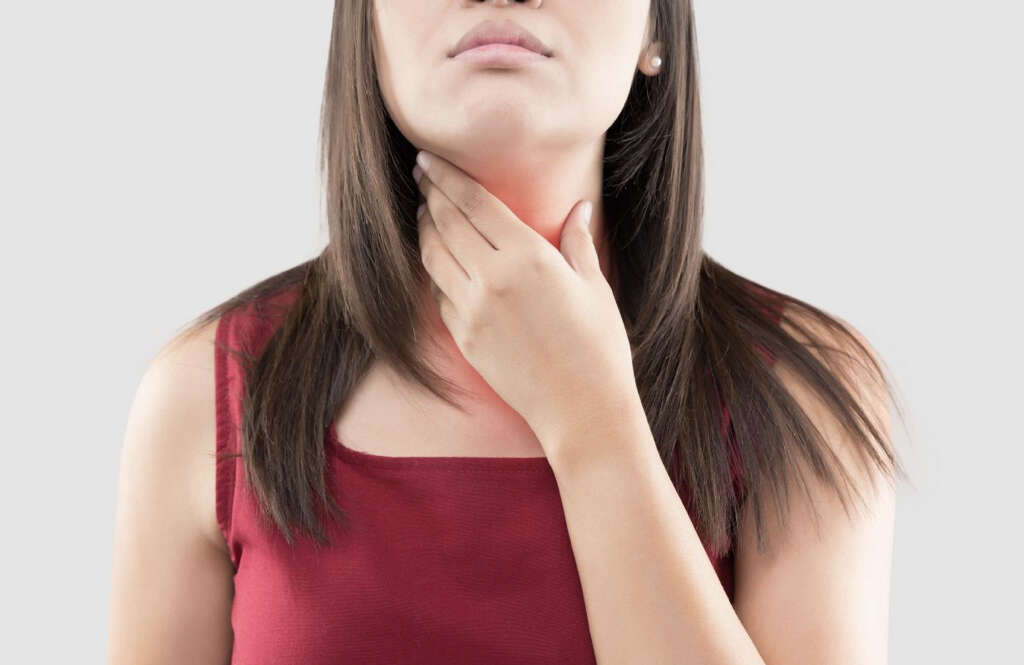
10. Obesity
Obesity increases the risk for esophageal adenocarcinoma but not for squamous cell carcinoma. People in the highest quartile for body mass index (>30 kg/m²) have a higher risk of developing cancer of the esophagus (adenocarcinoma) than those in the lowest quartile.
The risk of gastroesophageal reflux disease (GERD) is higher in people with obesity. Consequently, so is the risk for Barret’s esophagus and esophageal adenocarcinoma. This is given by an increase in the pressure within the stomach, increased risk of a hiatal hernia, and changes in normal LES function. It is also widely known that obesity has an inflammatory effect on the body that can lead to metabolic syndrome, which has also been linked with the risk of esophageal cancer.




